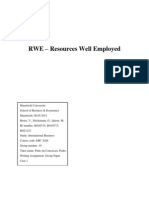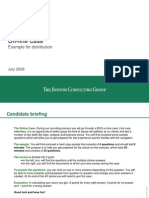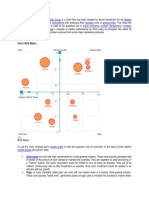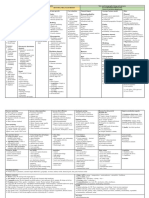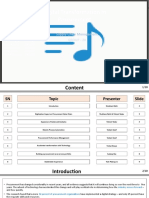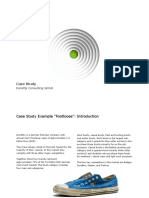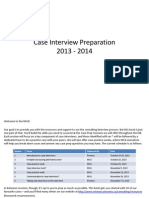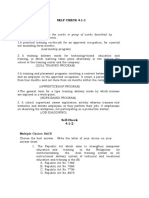0% found this document useful (0 votes)
181 views17 pagesDerby Management: Sales Force Size and Territory Alignment Process
This document discusses optimizing a sales force size and territory alignment. It involves understanding customer segments, sales potential, and workload drivers. The methodology develops alignment criteria, builds a customer database, identifies geographic concentrations, and designs territories. It also allocates sales effort to segments based on reach, frequency, and sales team input. Territories are refined considering local market knowledge before rollout.
Uploaded by
anon_162166416Copyright
© Attribution Non-Commercial (BY-NC)
We take content rights seriously. If you suspect this is your content, claim it here.
Available Formats
Download as PPT, PDF, TXT or read online on Scribd
0% found this document useful (0 votes)
181 views17 pagesDerby Management: Sales Force Size and Territory Alignment Process
This document discusses optimizing a sales force size and territory alignment. It involves understanding customer segments, sales potential, and workload drivers. The methodology develops alignment criteria, builds a customer database, identifies geographic concentrations, and designs territories. It also allocates sales effort to segments based on reach, frequency, and sales team input. Territories are refined considering local market knowledge before rollout.
Uploaded by
anon_162166416Copyright
© Attribution Non-Commercial (BY-NC)
We take content rights seriously. If you suspect this is your content, claim it here.
Available Formats
Download as PPT, PDF, TXT or read online on Scribd
/ 17





